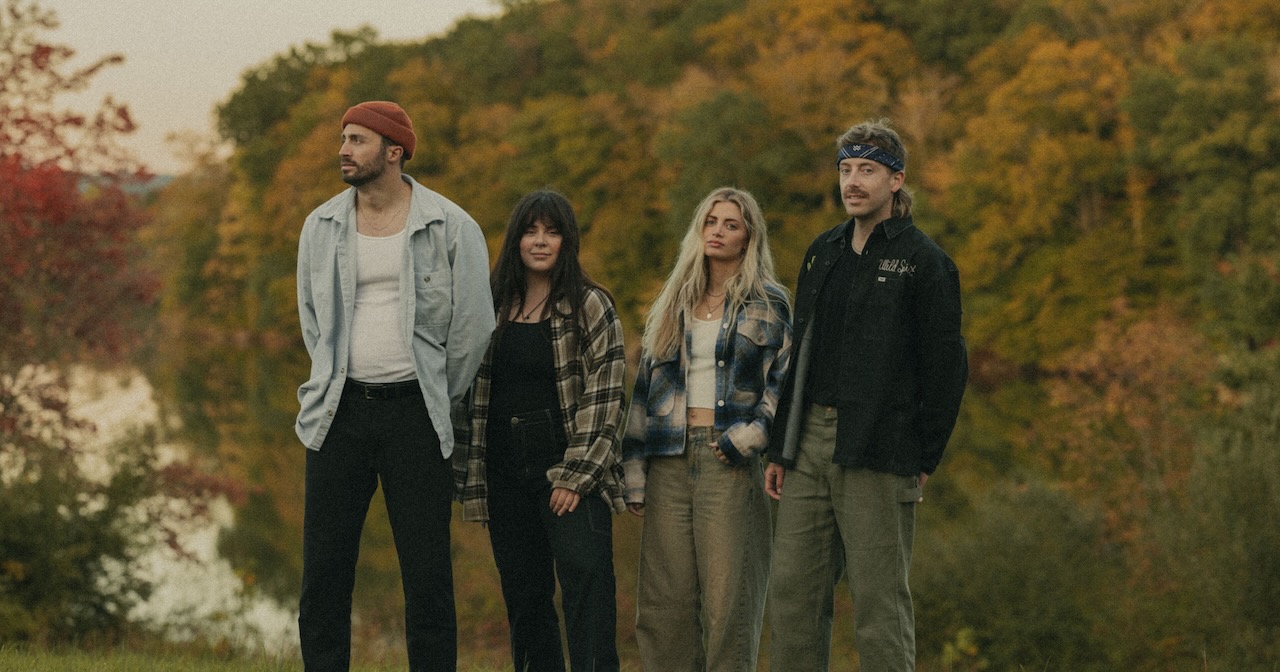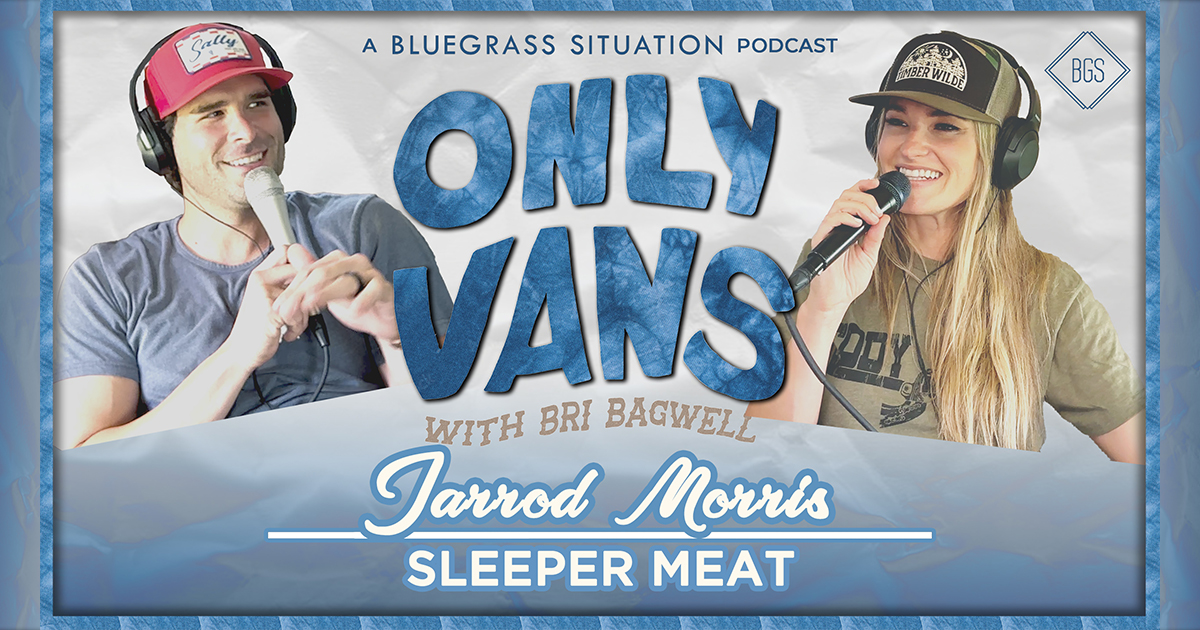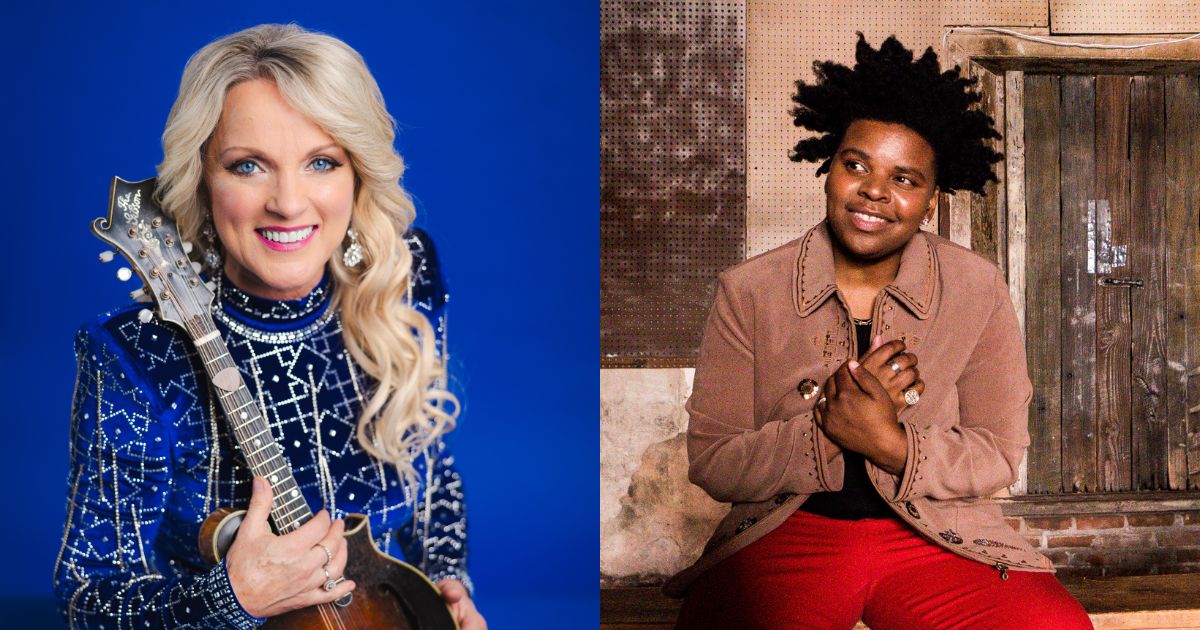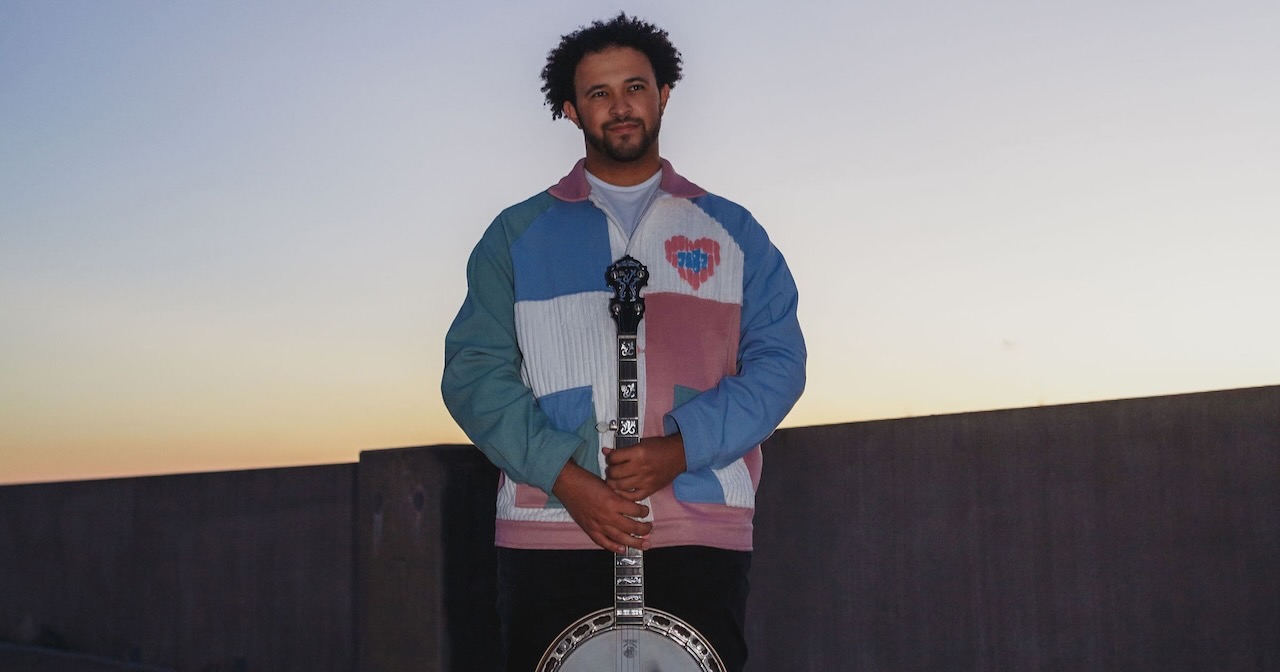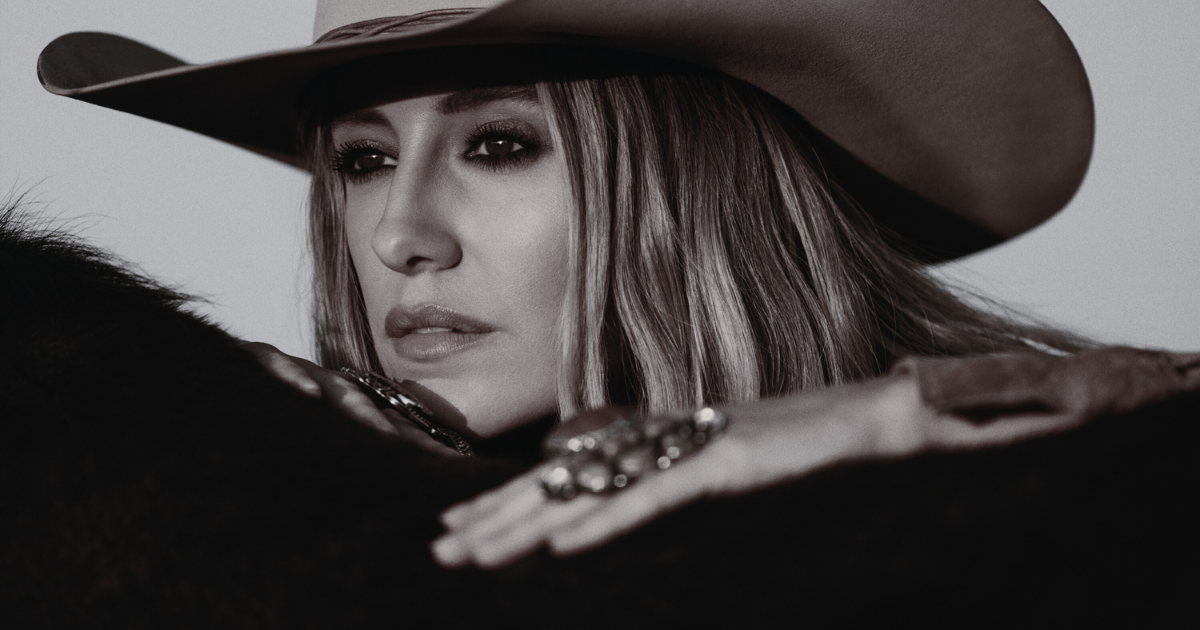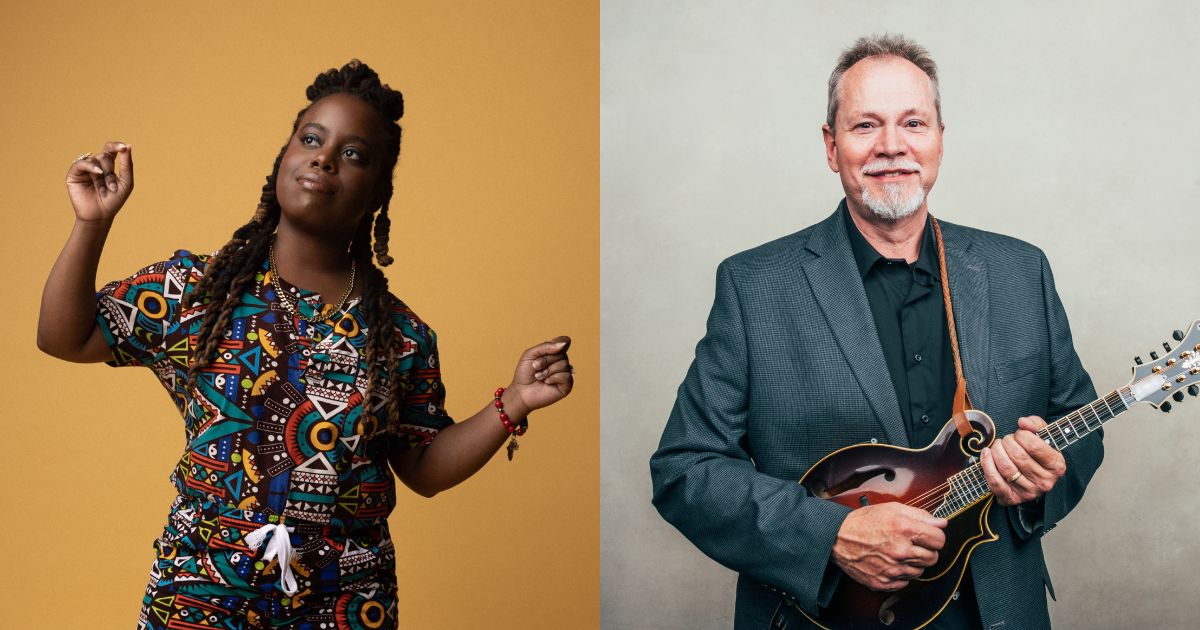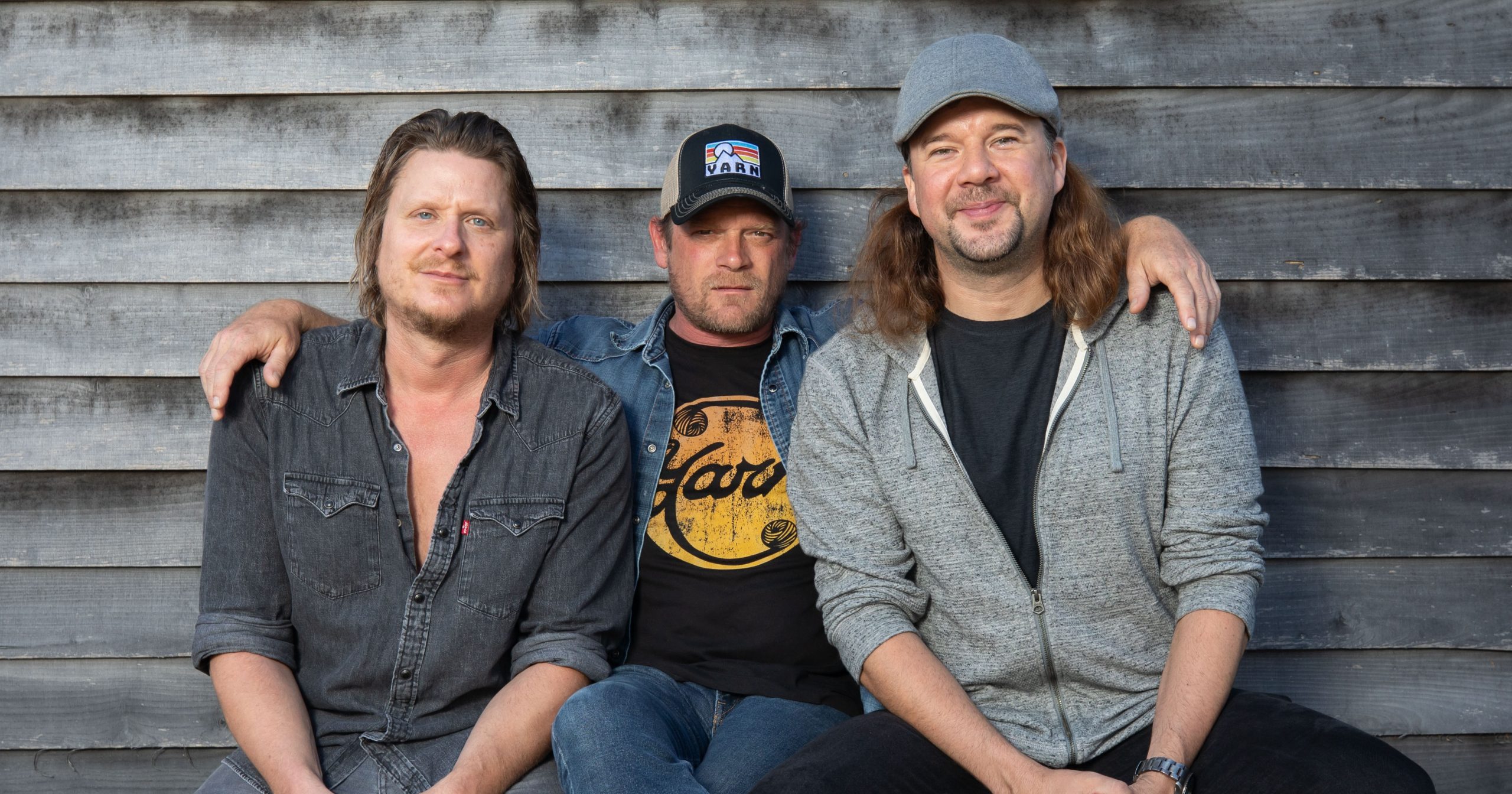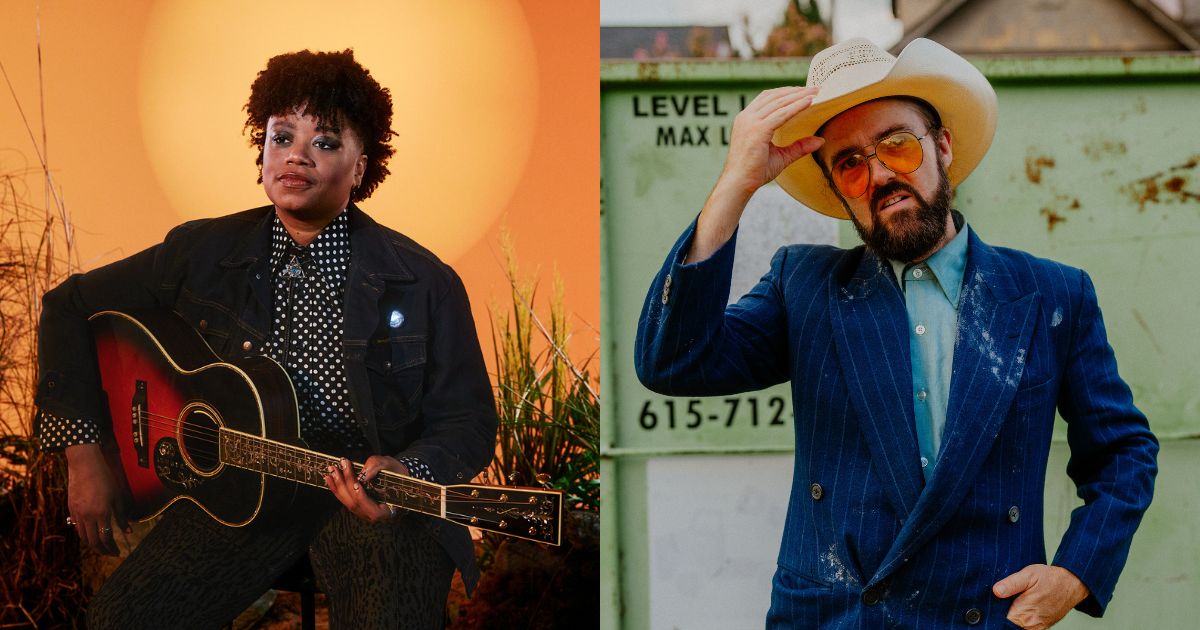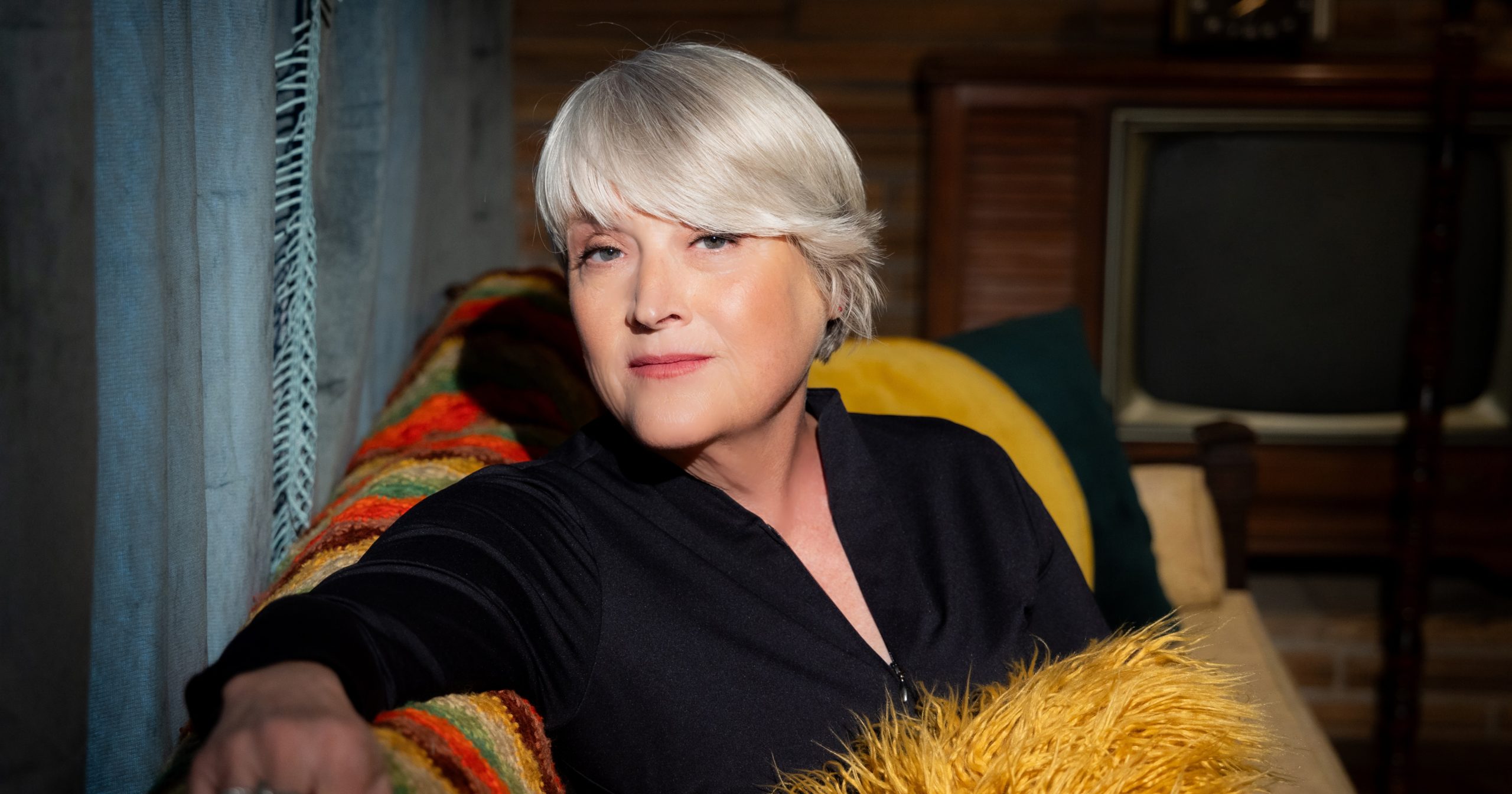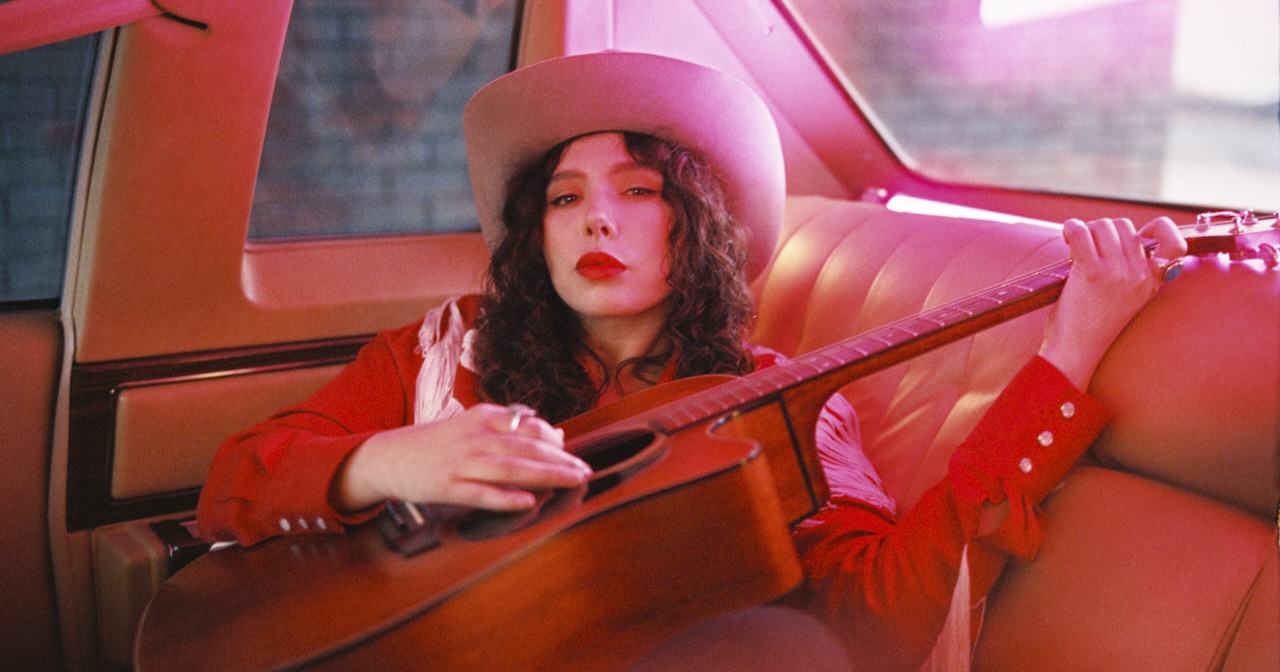Since 2013, The National Parks have embodied their name in a way few other bands can. In fact, they’ve made a mission of translating the breathtaking majesty of the outdoors into awe-inspiring roots pop – music that ends up like oxygen for the soul, especially if you happen to be lost in a concrete jungle.
A Provo, Utah-based quartet featuring Brady Parks, Sydney Macfarlane, Cam Brannelly, and Megan Parks, the band have explored all over the stylistic trail map in the past, but their new LP Wild Spirit (out August 23) marks a return to base camp. Back to resonate wood-and-string soundscapes, soaring harmonies, and rivers of rushing energy. These days, their brand of upbeat jangle pop is brighter, more encouraging, and more connected to the rhythm of nature than ever.
Speaking with BGS about Wild Spirit’s creation, primary songwriter and guitarist/frontman Brady explains where the mix of uplifting vibes and down-to-earth instruments comes from – and why the group’s new tunes feel like sunrise after a long night.
You’re 10+ years into the band at this point. How’s everybody feeling creatively these days?
Brady Parks: We’re feeling really good. I feel like this new album was kind of just a beautiful process, start to finish. It was, in a way stepping back to our roots – a little more folky, there’s some country elements, some bluegrass, and so it really just feels like rediscovering us. It was just a really fun project to do.
Once you get that far down the road, at some point you have to loop back around and remember what you were doing in the first place, right?
Totally. I mean, we’ve definitely dipped our feet into going more pop at times, and including those elements, so it was fun to bring everything we’ve done over the course of our career back to our roots.
Tell me a little bit about those roots. You seem to capture these natural themes and sounds within the music – the sway of trees in the wind, the rush of a river. Has that always been with you?
Totally. I feel like nature has always been a huge part of my songwriting. I grew up in Colorado and living in the mountains, I just loved it. I was outside all the time. And now living Utah for the last 13 or so years, just being surrounded by so much natural beauty, I tend to find a lot of parallels between love and life and nature, and how it all comes together.
I think it’s always been really inspiring to me musically – and also not musically, just in general. So I think it’s always naturally played a role in our music. And then over the years as we kind of discovered who we are more and more and more with each project, I think it’s become a bit more intentional. We want our music to inspire people to get outside. We want to capture what it feels like.
What do you think is so intriguing about that connection between nature and the human soul? Is there wisdom in slowing down and just learning to look around?
Yeah, and this is something that we talk about all the time as a band when we’re feeling overwhelmed, or depressed, or anxious, or anything. The thing that grounds us the most is getting outside, and it helps us recenter ourselves. I don’t know, I think when you’re out on a hike or you’re out in nature doing something, your soul kind of connects to something bigger than yourself, and it helps you breathe again. I think that’s a big thing for all of us in the band.
Wild Spirit arrives August 23. Tell me, from the band’s perspective, what do you think makes this one a little bit different?
I think this album comes from a lot of soul searching, a lot of going through different personal things. This album captures what it’s like to get lost, and then what it feels like to find yourself when you’re lost. … When I was writing this album, I was working through all those things that I’ve been going through and kind of had this picture in my mind of a forest at night and being lost in it, and what it is to be terrified in this darkness, this unknown, this uncertainty. But also when you’re lost, the daylight comes and you start hiking up and you get different vantage point, and you see things clearer and see the beauty in the journey of it all.
During the writing process, was there a moment where things started to coalesce?
There was definitely a moment pretty early on that we kind of hit on, “This is what the album is, this is what it’s going to feel like, this is what it’s going to narratively be about.” And that was when I was writing “Wild Spirit.” I actually wrote that in Nashville, and it was just one of those writes that was super inspiring and [I] walked away from it really excited to re-listen to this song a million times. I sent it to the band after – I actually sent a group of songs – and that was the one song that everyone was like, whoa, “Wild Spirit.”
Tell me about “Timber.” I love mixing the natural theme with the romantic idea of falling like a tree in love. Where did that come from?
That was written as a love song to my wife Megan, who plays violin in the band. It was a song about letting go of anything that was holding me back and not in our relationship, but I mean, just candidly, we’ve been going through some stuff with our faith and our journey in that aspect. And yeah, this was a song about letting go of everything we’ve known and trust falling with each other, and just realizing that this is what is important to us – our relationship and each other. And that’s all. You just kind of let go of the roots that hold you and fall, and I think there’s a lot of beauty in that.
There’s some wonderful duet harmony on “Where You Are.” Can you tell me where that song came from?
“Where You Are” was a song I wrote about feeling kind of stuck in between places. Sometime I feel this “in-between” in life, coming out of something and moving into something else. Like antsy to get going again, and it was a song I wrote to myself like, “Hey, you can get where you’re going, but it’s okay to be where you’re at right now.” So it’s kind of a song about knowing that one day you’ll get to where you need to go, but it’s okay to not be there.
How about “Scenic Route”? This one is really beautiful to me and lyrically full of natural references. Spiritually speaking, do you tend to choose the scenic route? Or are you more of a direct to the point kind of guy?
I would say I’ve been a direct to the point kind of guy most of my life. And now I feel like more on the scenic route of things, just enjoying life, enjoying the things that matter and trying to slow it down. “Scenic Route” actually is one of the first songs I wrote for the record when I was still trying to figure out thematically what to do, and I really wrote it about Meg and being on a journey together. No matter what hard times we go through, again, it’s about leaning on the person that matters most to you and slowing it down and just enjoying life, even through uncertainty.
Big picture, I’m just wondering what you hope people take away from this one?
I just hope this album in particular can help people that are feeling lost, that are feeling confused, that feel stuck. I hope they know that they’re not alone and that it’s okay to be where you’re at. And then I also hope it can uplift musically. A big part of our brand and messaging is to inspire people to look at the world around them, to get outside and see the beauty in life. So I think those would be the main takeaways.
Photo courtesy of the artist.
